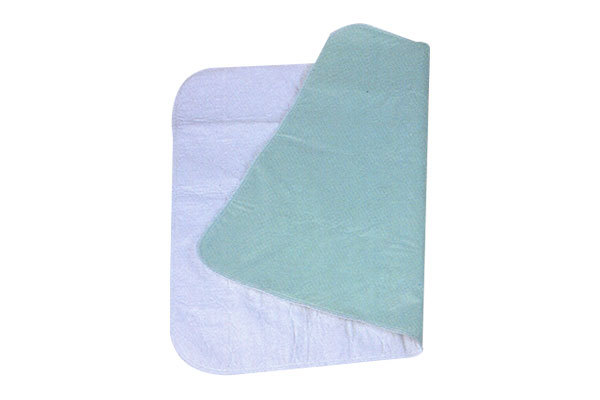What is the working principle of oil-water separation cloth?
Release time:
2023-12-14
What is the working principle of oil-water separation cloth?
1: Send oil-water wastewater from the sewage pump to the oil-water separator. After the nozzle diffuses, large oil droplets float on the top of the left oil collection chamber
2: Sewage containing small oil droplets enters the lower corrugated plate collector, where the oil will drop into the right oil collection chamber with larger oil droplets.

Wastewater containing oil droplets with a ratio of 3 to smaller particles is discharged through a fine filter to remove impurities from the water, which then enter the fiber polymer in sequence. The small oil droplets are collected into larger oil droplets and separated from the water.
4: After separation, clean water is discharged through the discharge port, and the dirty oil in the left and right oil collection chambers is automatically discharged through solenoid valves. The dirty oil separated from the fiber collector is removed through manual valves.
What are the components of the oil-water separation cloth?
1: Rough core cover, rough core, gasket, and rough core backplate
2: Fine filtering steel and water pipes, transparent plastic pipes, fine filtering covers
3: Triple curve plug, stainless steel wire filter
4: Heater and temperature and pressure controller
5: Manually controlled ejector pins, solenoid valves, etc.
What are the installation and usage instructions for oil-water separation cloth d1?
Construction operation procedures
Setting out - excavation base area - groundwater discharge area - flat cushion - coarse sand cushion - installed at the position of the septic tank - water injection handover - layered backfilling - connecting wells, inspection wells - preliminary on-site acceptance - ground, packaging or greening.
Line laying and trench excavation
Users should excavate the base opening based on the model, size, altitude, and reselection of the septic tank in the engineering design drawing, and comply with relevant national construction specifications. Under high groundwater conditions, excavation requires drainage to ensure dry area construction.
Handling foundation cushion layer
Use a sandstorm with a thickness of 150-200mm to remove larger pointed bricks or debris trapped in the sand, find a flat Dodge, and prepare to install a septic tank.
What is the installation position of the oil-water separation cloth?
Small glue should be used with a small lifting device (manual rollers can be installed). Before lifting in place, the base cushion layer should be flat, and attention should be paid to the inlet and outlet directions of the septic tank during lifting. The endpoint pointed by the arrow is the exit direction, please ensure that it meets the engineering design requirements. The level of septic tanks should meet the engineering design requirements. After the product is lifted into position, measure the level and partially adjust the seat cushion to adjust the level.
Septic tank water injection
After installation and meeting the requirements, it is necessary to fill the water tank with water exceeding the groundwater level to stabilize it (the charging amount should not be less than half of the volume), fill with special filling material, backfill to a certain height, and connect and seal the pipeline according to the design requirements of the drawing.
Backfilling layer by layer, cementing well
It is strictly prohibited to use construction waste as soil backfill. Large sharp stones should be removed during backfilling, and hard blocks such as organic matter, frozen soil, and large bricks should not be removed. Fine soil should be used for backfilling, and each layer should be compacted layer by layer with a thickness of 300 millimeters. Manual compaction is required to avoid local violent impacts, and the backfilling work regulations in the engineering specifications should be followed. After backfilling meets the construction specifications, inlet and outlet connecting wells can be established. The connecting wells should be constructed according to the general degree of waterway. In the inspection area of this product, the inner diameter of the inspection wells is 700 millimeters, and the specific method is based on the current national standard set. The floor mat must be compacted and poured into the concrete bottom plate. A groove should be made in the well, and the engineering design height should be strictly followed.
Related News
2022-11-28



